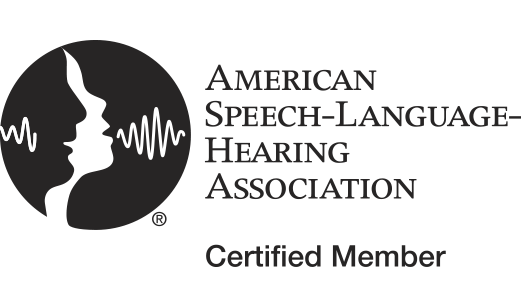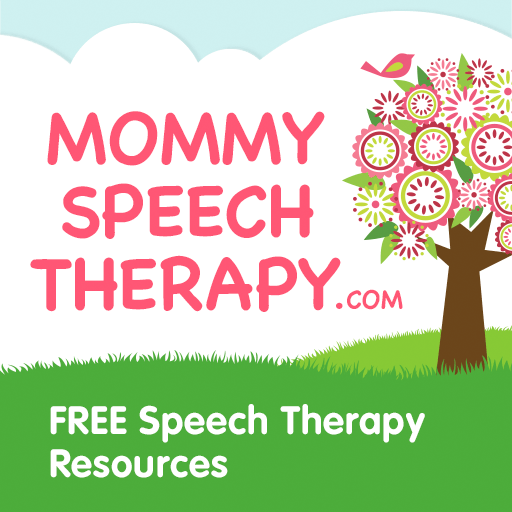I can’t believe the school season is almost here already, and has probably already started for some of you! To celebrate new classes, students, and goals I thought I’d share my Articulation Goal Tracker form with you. It can be downloaded from the free downloads page. This form can be a beneficial way for both parents and Speech-Language Pathologists to set and track goals for articulation therapy.
Setting Goals:
The first step in any articulation program is always deciding where to begin. Speech-Language Pathologists usually use standardized tests such as the Goldman-Fristoe Test of Articulation or other articulation tests/screeners to determine what sounds our students/clients struggle with. Then we consider what sounds are most stimulable (what sounds we can elicit from the student/client without much difficulty), and any patterns we may see among the speech errors that were produced when setting our goals. After I have tested a student and determined what sounds the student needs to work on I simply write the sounds at the top my Articulation Goal Tracker sheet and I am ready to begin therapy.
Parents can usually tell right off what sounds their child struggles with. However, sometimes it may be more difficult for a parent to know which sound to begin with. When counseling parents on what sounds to start practicing first I like to have them circle the sounds on the bottom left corner of the Articulation Goal Tracker that their child does not produce correctly. Then we use their answers as a guide to determine speech goals for their child. The sounds appear on my goal sheet as “sounds” not phonemes to make it easier for a parent to identify the sounds their child is not saying correctly. See below:
![]()
I explain that the sounds in the first line are the earliest developing sounds and if they have circled any sounds in this line that is usually the best place to start. Then we proceed to write any sounds circled from the first line at the top of the Articulation Goal Tracker as sounds to target first.
Likewise, sounds on the second line are sounds that come in later and are sounds we usually target after all the sounds on the first line have been mastered. Then we write on our Articulation Goal Tracker any sounds that have been circled on this line to be practiced after we have mastered sounds on the first line.
Finally, sounds on the last line are sounds that are generally developed and mastered at an older age than the sounds on the first two lines. Therefore, we usually target these sounds after sounds on the first two lines have been mastered. Any sounds circled on this line we write on our Articulation Goal Tracker to be targeted after we have mastered the sounds from the first two lines.
Please note that this is intended to be used as a guide for selecting speech goals and that it is by no means the rule. Speech Pathologists look at other factors besides just age of acquisition to determine what sounds to target first. If you have any questions or concerns about selecting goals for your child please refer to a certified Speech-Language Pathologist to guide you through setting your articulation goals.
Tracking Goals:
Once I have outlined my speech goals for a student I use my articulation goal tracking sheet to track my student’s progress and to keep track of what goals I want to work on next.
Below is an example of my Articulation Goal Tracker. I have created a fictitious student named Ella Johnson to provide you an example of how I use this sheet to both set and track goals for articulation therapy.
If you have questions about how to practice the goals I have written in the left column (isolation, initial syllables, initial words, initial sentences, initial stories etc.) please refer to my post “The Process of Articulation Therapy” to help guide you.
I have also included my Articulation Therapy Log (see below) that I use alongside the Articulation Goal Tracker. I use the Articulation Therapy Log to keep track of what I work on in every articulation therapy session. As reflected in the example below I write the date of the therapy session, the articulation goal that is being targeted and how the child performed on that goal during that session. I also include anything else that might be significant like what I sent for homework or what therapy techniques were helpful during that session. When a student passes an articulation goal I write it in the Articulation Therapy Log and then I record the date on the Articulation Goal Tracker.
You can download the Articulation Goal Tracker and Articulation Therapy Log on the free downloads page. These two sheets together have made setting articulation goals and tracking their progress a lot easier for me. I hope they make setting and tracking goals easier for you too so we can all focus on the important stuff, helping our children speak clearly. Thanks for reading! I hope you all have a happy and productive school year!





36 Comments